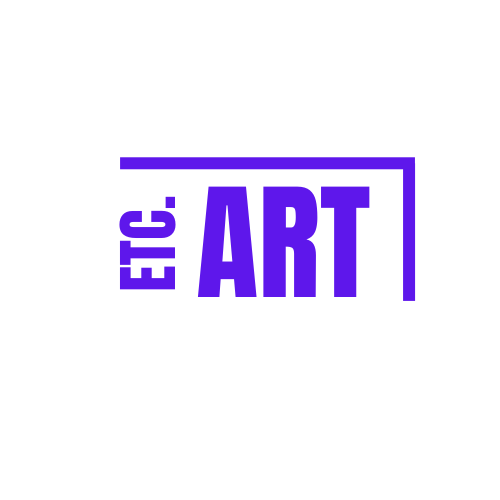'Artworks from History' Protest Art: Debunking Societies’ Myths
- Jordan Brinkworth
- Jun 9, 2024
- 5 min read
A lot of people think of art history as simply being the study of artworks and artists from yesteryear – and in some respects they’re correct. Yet, what people often overlook is how such a practice enables us to explore, and subsequently better understand, the times in which those artworks and artists existed. As I’ve mentioned before, historians tend to separate the study of History and Art History and instead make reference to more seemingly factual sources of evidence, such as diary entries, newspapers and television footage. Yet the further back we go, the less of that ‘factual’ stuff exists and that is when historians have to rely more upon the likes of tapestries, architecture, artefacts – or in other words, art.
